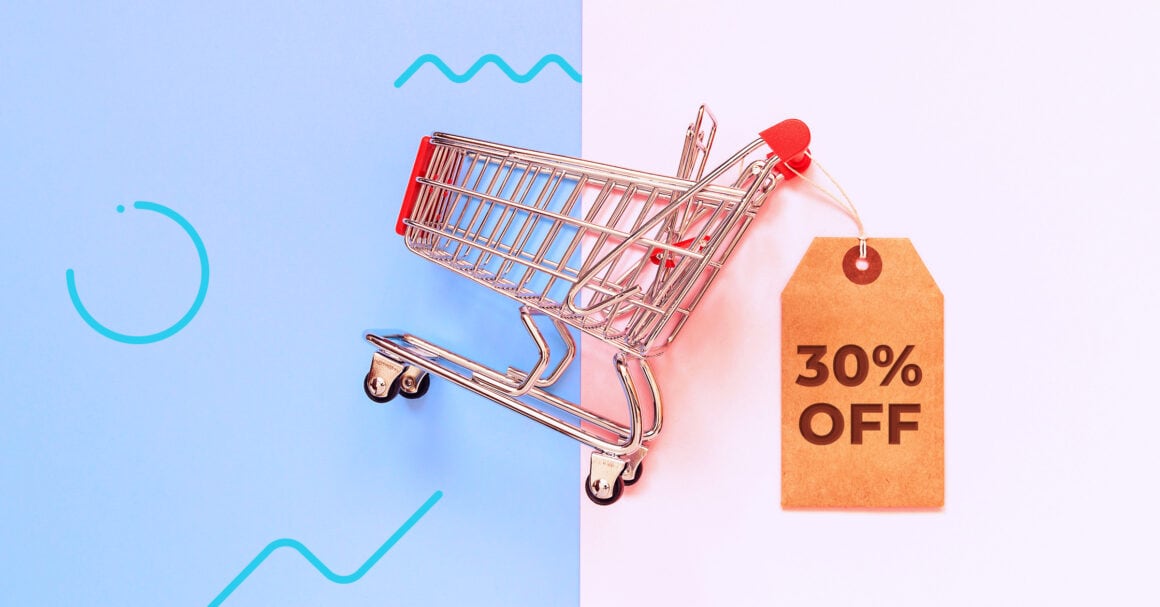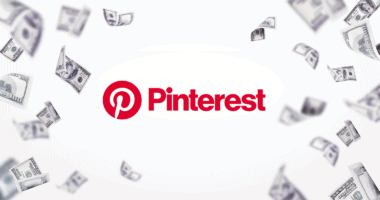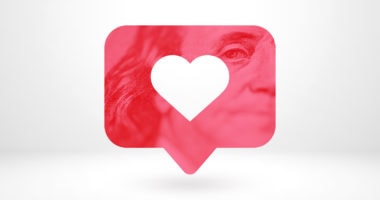Most successful marketing campaigns don’t just happen by accident. They require time, attention, and most importantly, an understanding of human psychology. Even though consumers come from all walks of life, their minds surprisingly work in a very similar, predictable way. In fact, you can use different psychological triggers to inspire decision-making in favor of your brand. Being able to create a sense of excitement, pleasure, or urgency can drive customer behavior and increase your sales.
In this article, we’re going to reveal five super simple psychological tricks for marketing you can apply to your marketing strategies to boost your sales and turn strangers into loyal customers.
- The Decoy Effect
No doubt, price is one of the most important factors when making a purchase decision. The majority of customers make their choice mainly based on the cost. Interestingly, there is one very psychological trick in marketing that you may see on a daily basis that makes you switch to a more expensive alternative.
Here’s how it works: if there were only two options in front of you, you’d probably go for a smaller one as it’s cheaper and enough for you. However, when a third alternative is presented, you pause for a moment and probably change your preferences. The price and value of the third option motivates you to choose a more expensive option. And it’s all due to the “Decoy Effect”. By definition, it’s the practice whereby smart marketers offer consumers an additional, less desirable third option to make them believe that they’re getting more value for their money.
Example? Say you want to buy a coffee. The “small” option costs $3, “standard” costs $4.50, but “large” costs $5. Most people would go for the biggest option, as it’s only 50 cents more than medium– you’re getting much more bang for your buck! The decoy effect is completely irrational:
- If you choose between two options: Item A is better than Item B.
- If you choose between three options: Item B is better than Item A.
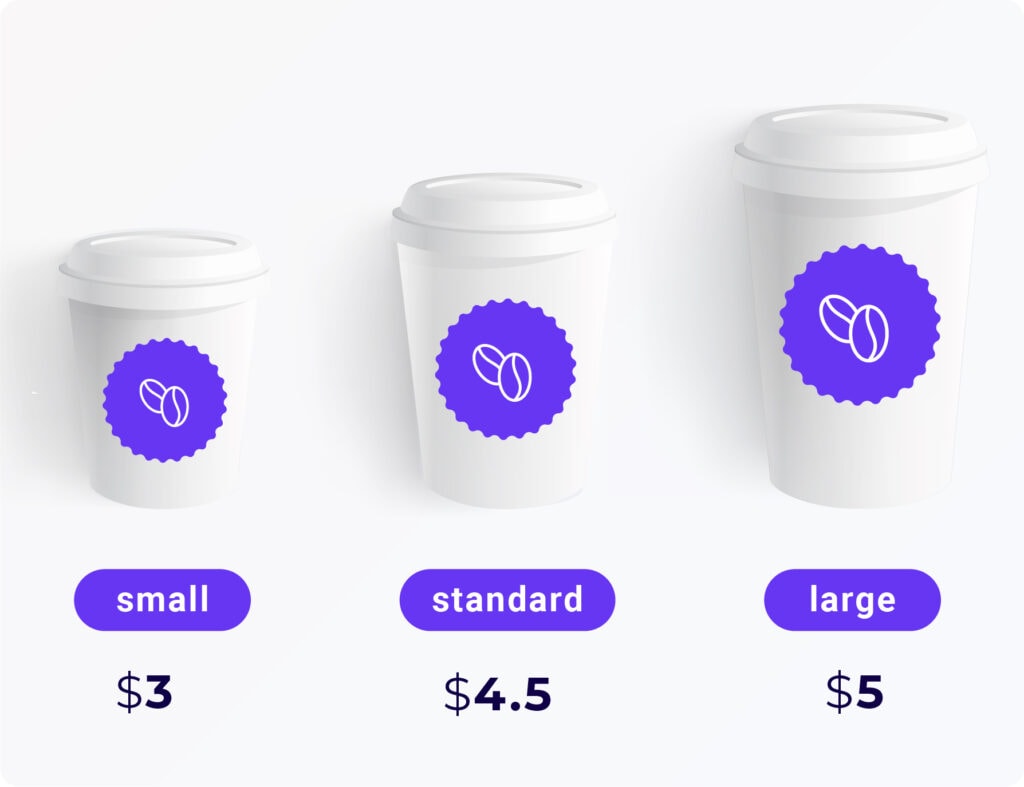
How Can This Improve Your Native Advertising Campaigns?
The decoy effect is definitely useful on your upsell landing pages where you’re aiming to convince the web user to go with a more pricey alternative. It’s as easy as choosing an option you want to promote and adding a decoy to highlight its value.
- Anchoring
Anchoring is one of the most fundamental principles of marketing psychology. Simply put, it’s a cognitive bias that describes the common human tendency to rely too heavily on the first piece of information they receive (known as the “anchor”) when making decisions.
For instance, if you hear that the prices for the new Kindle start from $150, and then read about a sale for only $100 Kindles, you would consider it a great deal and instinctively make the purchase. No matter if it’s relevant or not, your brain will instantly compare the discounted price to the original one because the original one was the first thing you’ve seen.
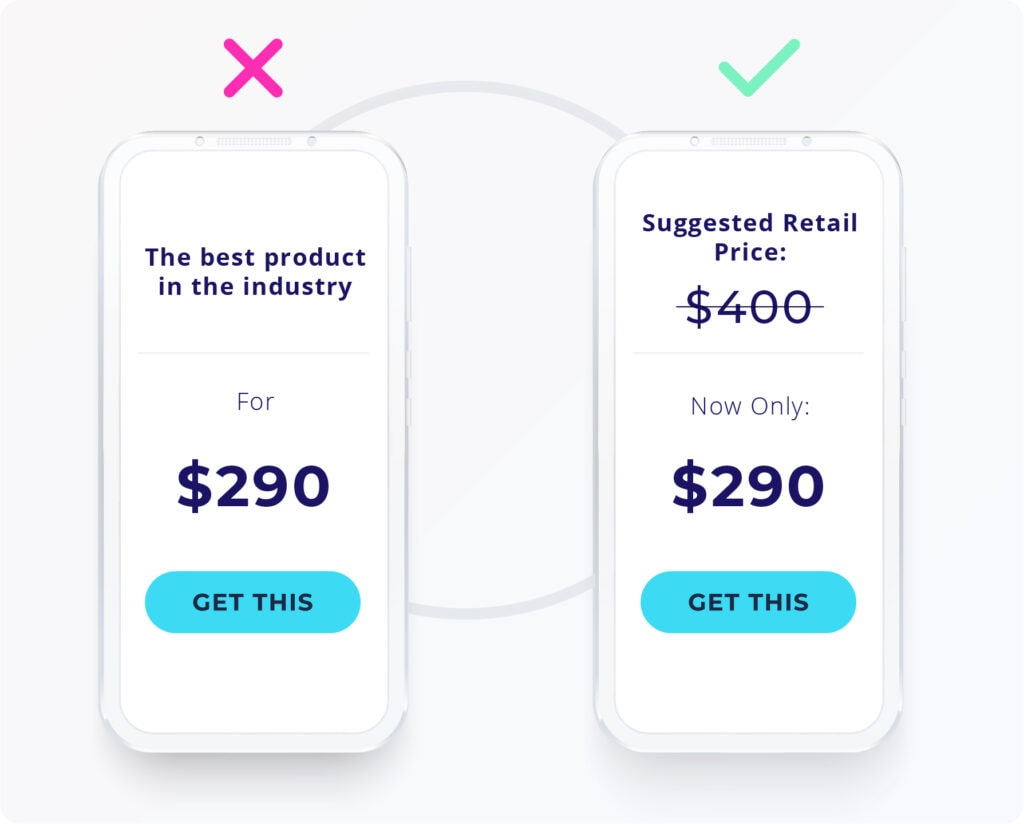
How Can This Improve Your Native Advertising Campaigns?
When creating your ad copy or landing page content, it’s always a good idea to give your potential customers some context about the promoted product or service. Make sure to highlight some “anchors” so they’re convinced that your offer is the best one on the market. For example, you can show the most expensive, premium version of the product next to your standard option. At first sight, your offer will appear like a total bargain!
- Social Influence
You probably know what peer pressure means. Basically, social influence is a similar concept just on a larger scale. It occurs when an individual’s attitudes, emotions, or behaviors are affected by the presence or action of others. Why? Humans have an instinctive desire to follow the majority. We feel more comfortable and secure sticking with the pack.
Imagine that you are looking for a new laptop for your girlfriend. At first, you’re not sure about the model and color, but then you see a photo of her favorite influencer holding it; you scroll down and read positive comments from other women. Result? You immediately start to feel that it’s the right product to go with.
How Can This Improve Your Native Advertising Campaigns?
Don’t forget to add some social, personal evidence on your landing page in the form of testimonials or positive comments. Just remember that this feedback should be precisely matched to your target audience. This way, you’ll increase perceived credibility and trustworthiness.
Not sure who is your target audience? No worries, Voluum advertising experts are here to help you. The feature that makes our platform outshine any other tracker out there is our meticulous attention to detail when it comes to reporting and optimization. Our advanced reporting displays your campaign performance split by almost any metric you can think of and every element of your campaign can be adjusted to maximize profit. You don’t have a tracker yet? Using one is going to help regardless of how much experience you have.
- Analysis Paralysis
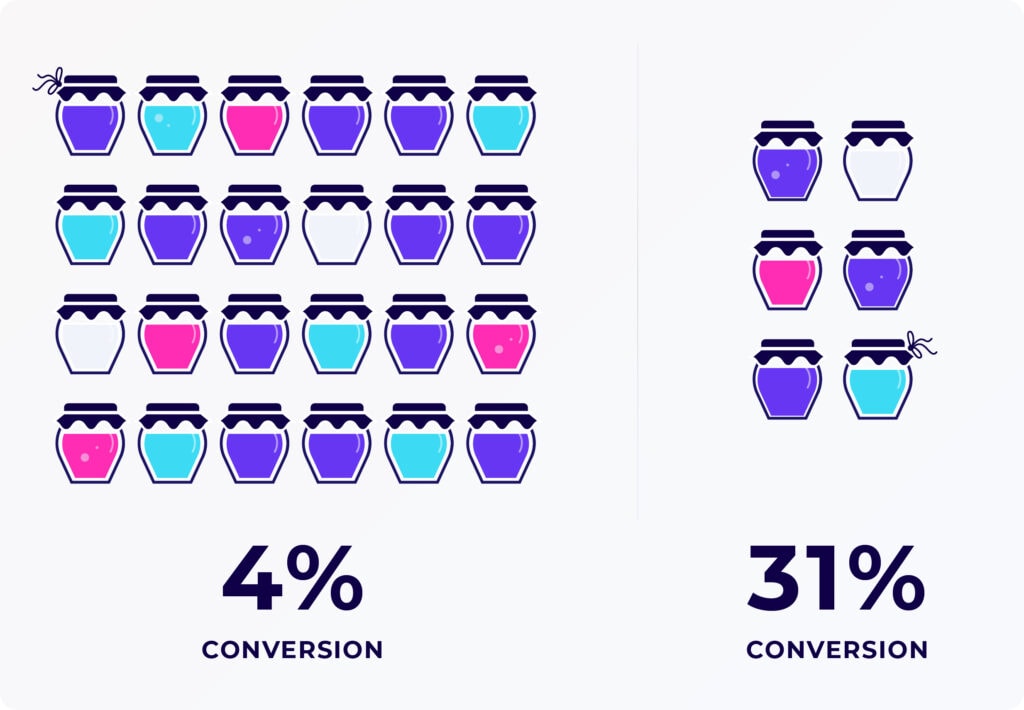
Do you tend to overthink your choices, to the point where you feel paralyzed and can’t make a decision? The good news is you’re not the only one. The truth is, the human brain isn’t designed to process and compare the overwhelming amount of information it is quite often flooded with.
The analysis paralysis effect occurs when a customer has too many options to choose from and none of them dominates the others. In fact, the decision becomes too complicated, to the point that the consumer doesn’t even make a choice.
A classic example could be “ The Jam Experiment”. In short, an American grocery store conducted two testing sessions. In one session shoppers were allowed to sample 24 flavors and in the other session only 6. As it turned out more than 31% of the people who had sampled from the small assortment decided to make a purchase, compared to only 3% of those confronted with the two dozen jams.
How Can This Improve Your Native Advertising Campaigns?
Every time you provide customers with a list of color, taste, or pricing plan options, don’t give more than five alternatives. While at first glance, a wide selection can seem appealing, in the end, the choice overload generates the wrong results and kills the campaign.
- Availability Heuristic
Finally, one of the most effective psychological marketing tricks: availability heuristic. This is a mental shortcut based on how easy it is to bring something to mind. Basically, our brain thinks that the best solution is the obvious one. In fact, customers tend to ignore less easily recalled information (even if it is statistically more important) and go with the first option that pops into their mind.
Picture this: you are given two choices. Option one is marked with the “Most popular” tag and a discount bubble whereas option two is just there, without any additional labels. Of course, you’ll choose the first one because you can see the tangible advantages of going with that purchase. Another common way to employ the availability heuristic is to show the results your product offers in order to make it easier for potential customers to imagine an outcome they could likely achieve if they chose it.
How Can This Improve Your Native Advertising Campaigns?
Use special tags, golden ribbons, or frames to highlight the option that you want to sell. Also, it may be a good idea to give visitors a taste of what they could experience with your product. In this way, you’re not only sparking imaginations but also imprinting a positive association in their memory between your product and the attractive outcome.
- FOMO and Scarcity Effect
These two are also pretty common in the dictionary of marketing mind games. Urgency is a psychological trigger that is deeply rooted within us. It relates to the human loss aversion or the so-called Fear-of-Missing-Out (FOMO). When customers are faced with a limited-time discount or see that the product is running out of stock, they start to automatically evaluate if they’re comfortable letting this opportunity get away. And most of the time they don’t want to miss that chance of a lifetime.
Example? Booking.com definitely knows how to play this game. Take a look at a search results for hotels in Barcelona:
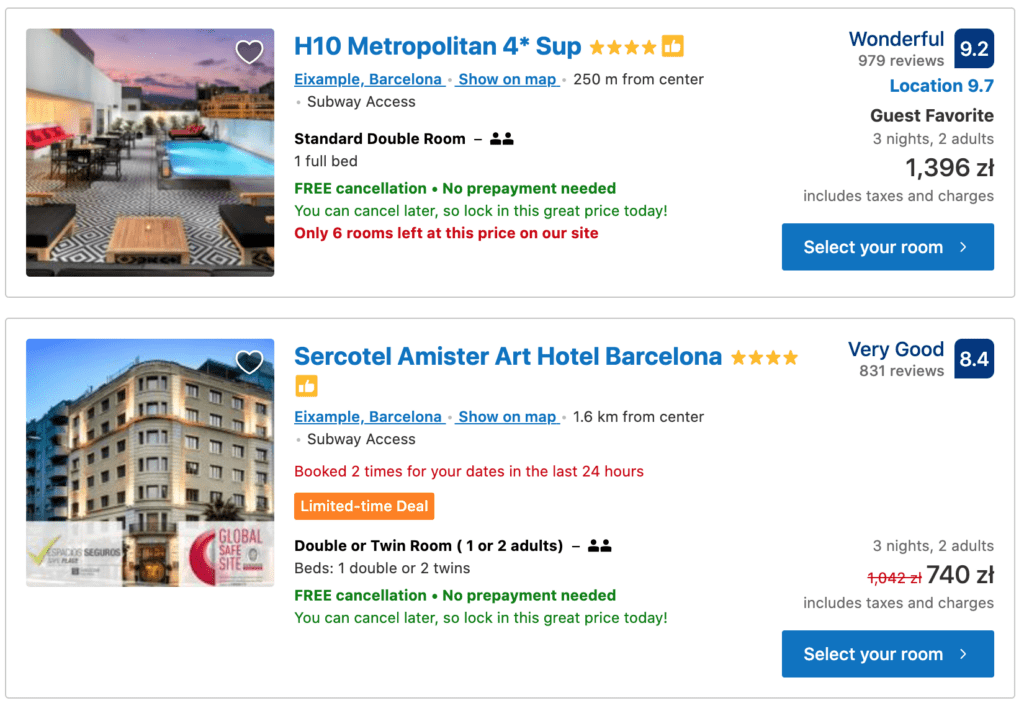
Yes, we know it– just excellent. There are three significant scarcity triggers at play here:
- Booked 2 times for your dates in the last 24 hours – tells you this hotel is desirable.
- Only 6 rooms left at this price on our site – suggests that time is running out to book.
- Limited-Time deal – adds a sense of urgency and highlights the discount.
How Can This Improve Your Native Advertising Campaigns?
Basically, there is nothing more effective on landing pages to trigger conversions like countdown timers, limited stock warnings, free delivery for a limited time, one-day deals, or urgency-driven popups.
The magic of understanding
The reality is, mind control is not about magic or old ancient secrets. And neither is marketing. It’s about understanding how and why people think and act the way they do. Human behavior isn’t always as rational as we think– and it can be very predictable.
All of these different psychological tricks provide the basis for effective advertising strategies. But the key is constant improvement, and the only way to ensure that is by continuous tweaking and experimentation with your campaigns and ads. Solid tracking will ensure this is possible and allow you to improve conversion rates significantly. Just be sure to use your powers for good!
Try tracking your psychological experiments with Voluum today!

